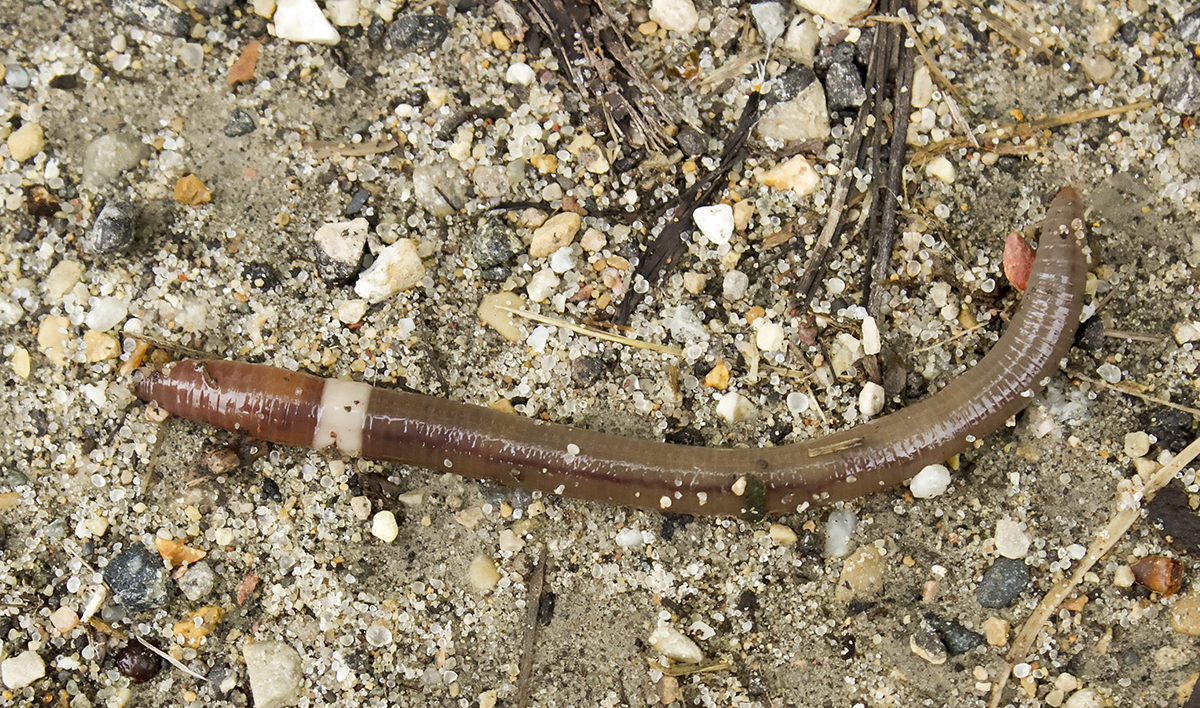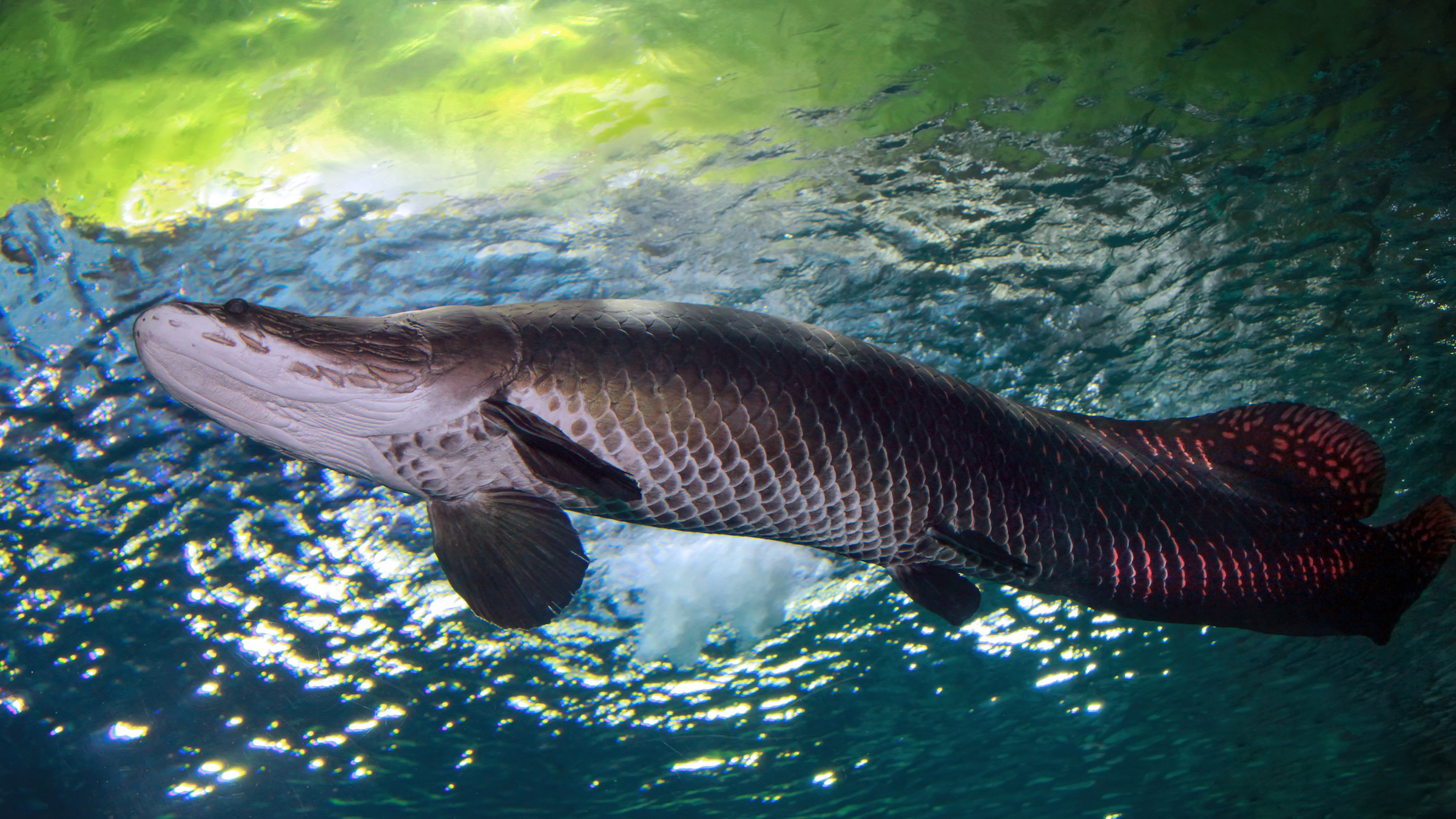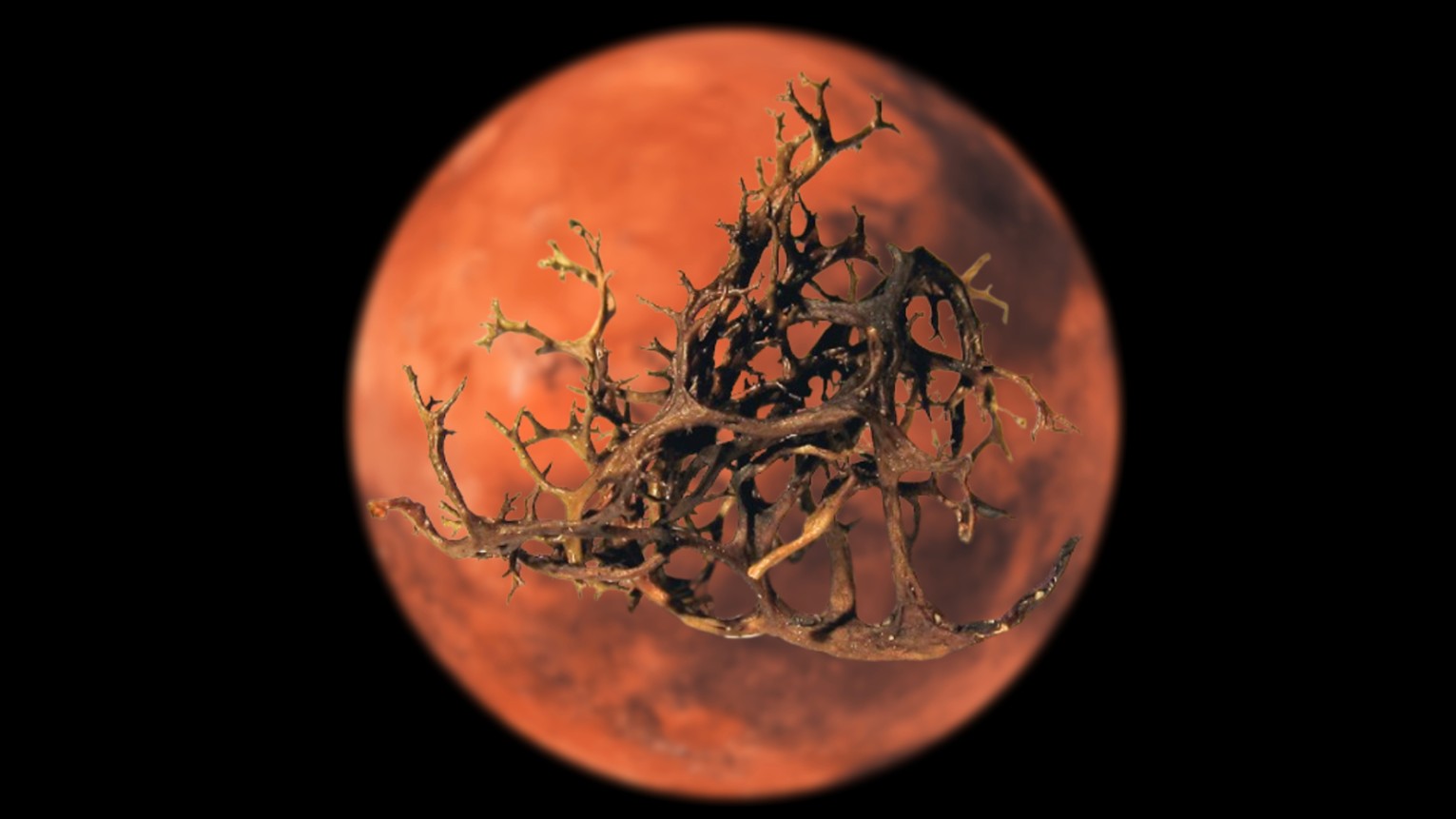Invasive Species
Latest about invasive species

Alien organisms could hitch a ride on our spacecraft and contaminate Earth, scientists warn
By Patrick Pester published
Scientists warn that increased space exploration raises the risk that alien organisms will invade Earth and that Earth organisms will invade other planets.
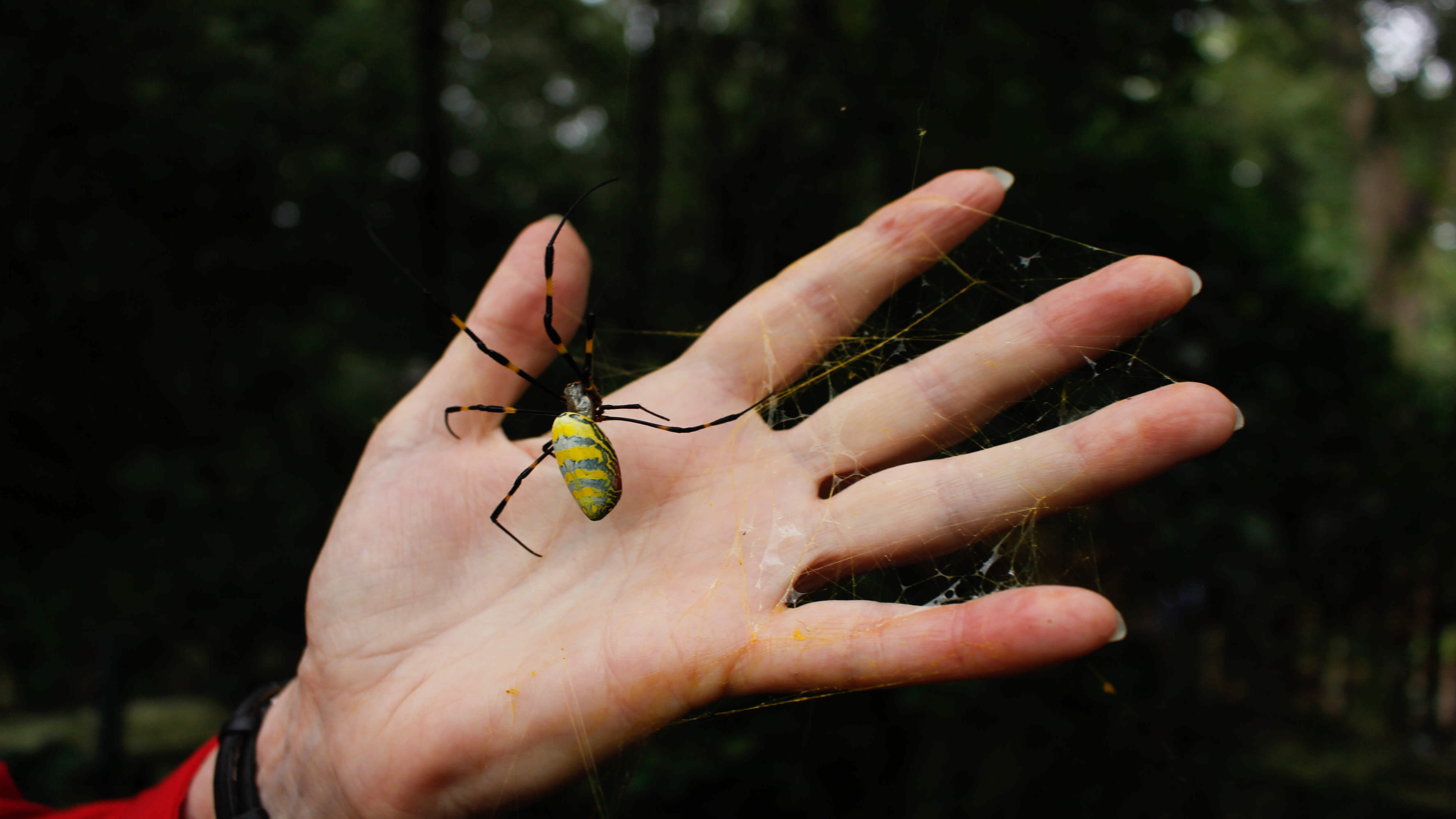
Giant, invasive spiders have taken over Georgia. Will they spread across the US?
By Ben Turner published
Experts believe that the spiders, which arrived in 2014, could spread across more of the southern U.S.
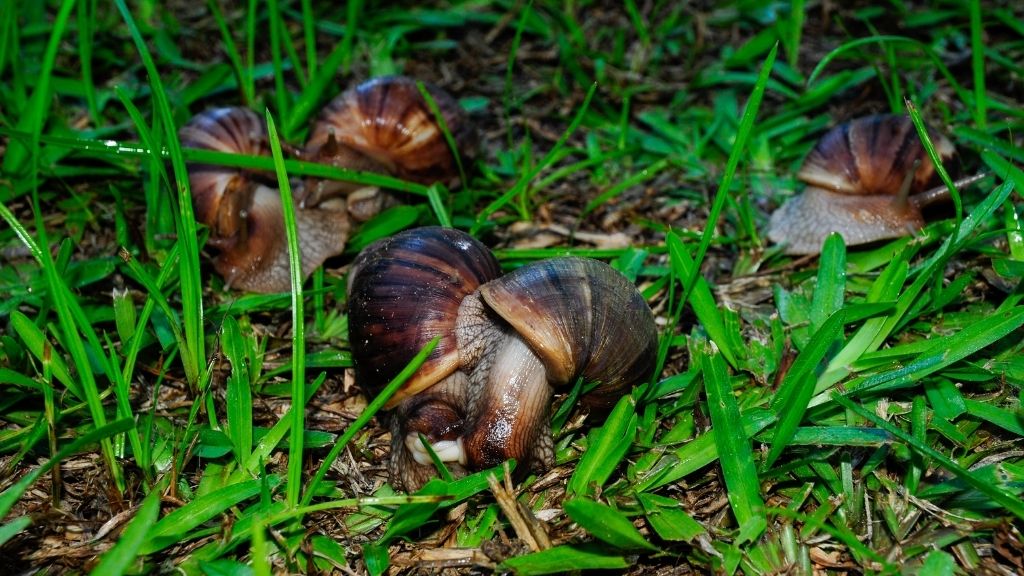
Giant snails that were eating Florida homes finally eradicated … again
By Nicoletta Lanese published
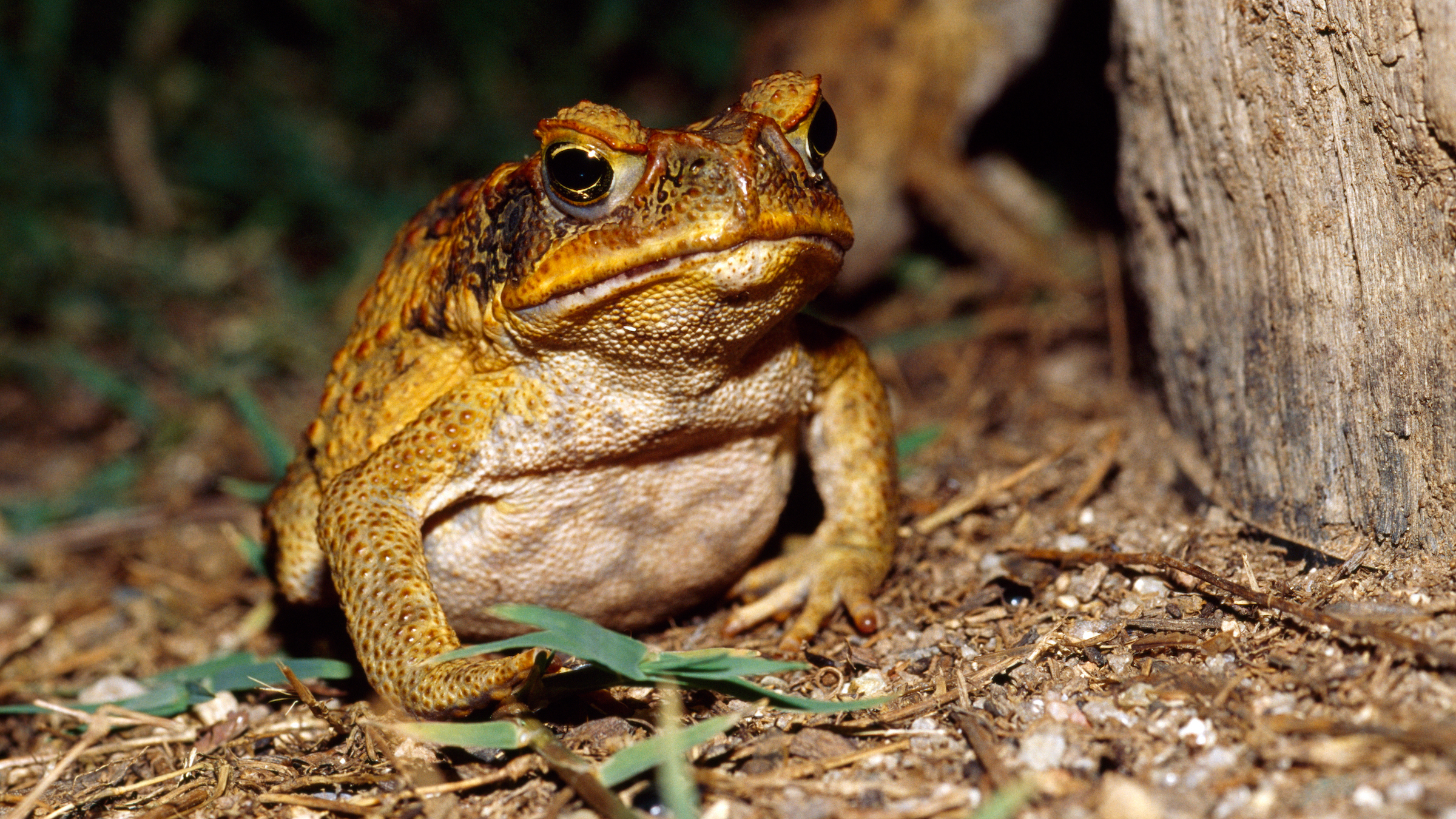
Cannibal toads eat so many of their young, they're speeding up evolution
By Laura Geggel published
Competition is so fierce Down Under, the invasive cane toad has become a mega-cannibal.
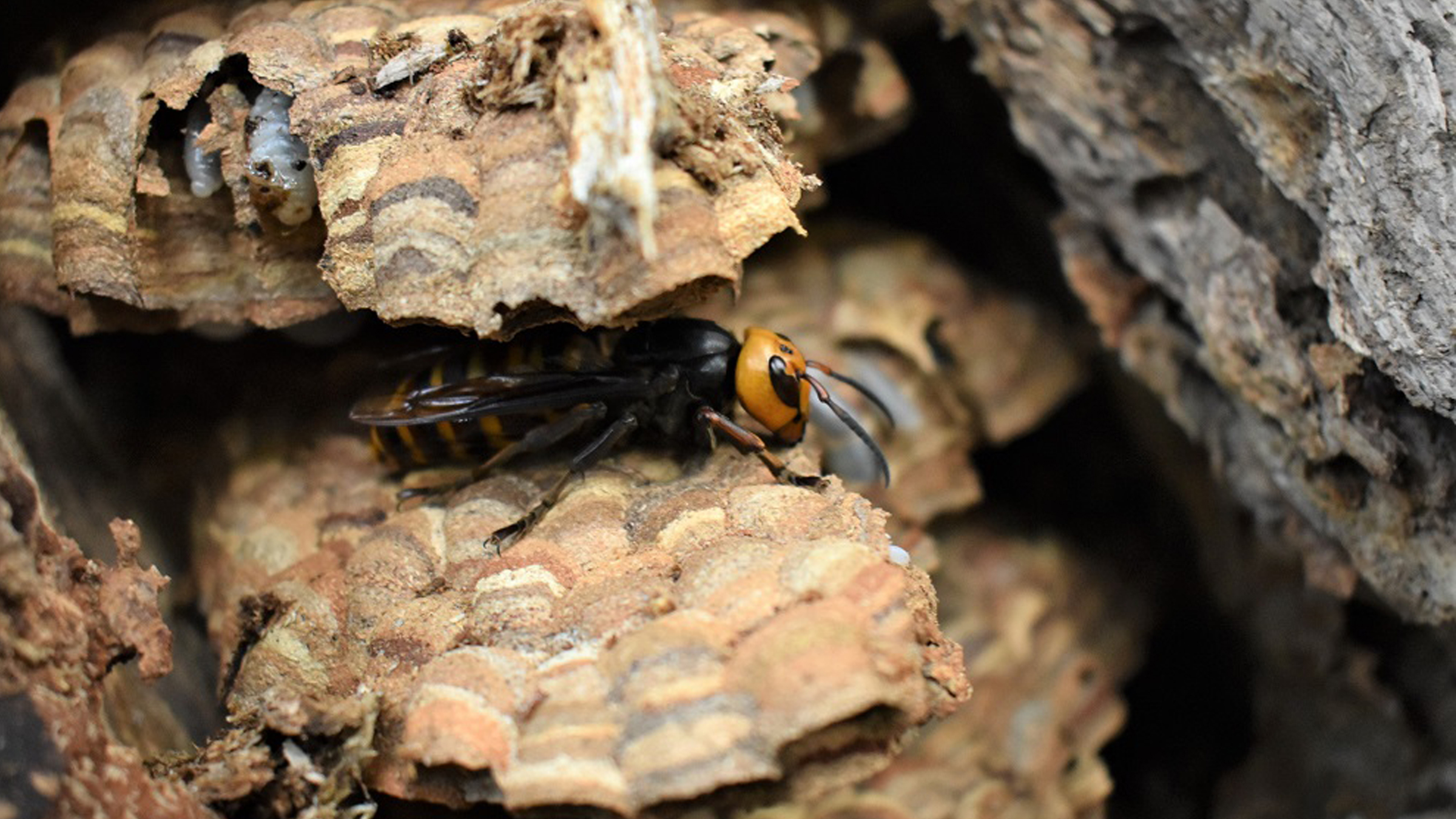
'Murder hornet' nest leads to discovery of 180 adults, 1,500 larvae
By Laura Geggel published
A "murder hornet" nest in Washington had 113 adults and 1,500 developing Asian giant hornets inside.
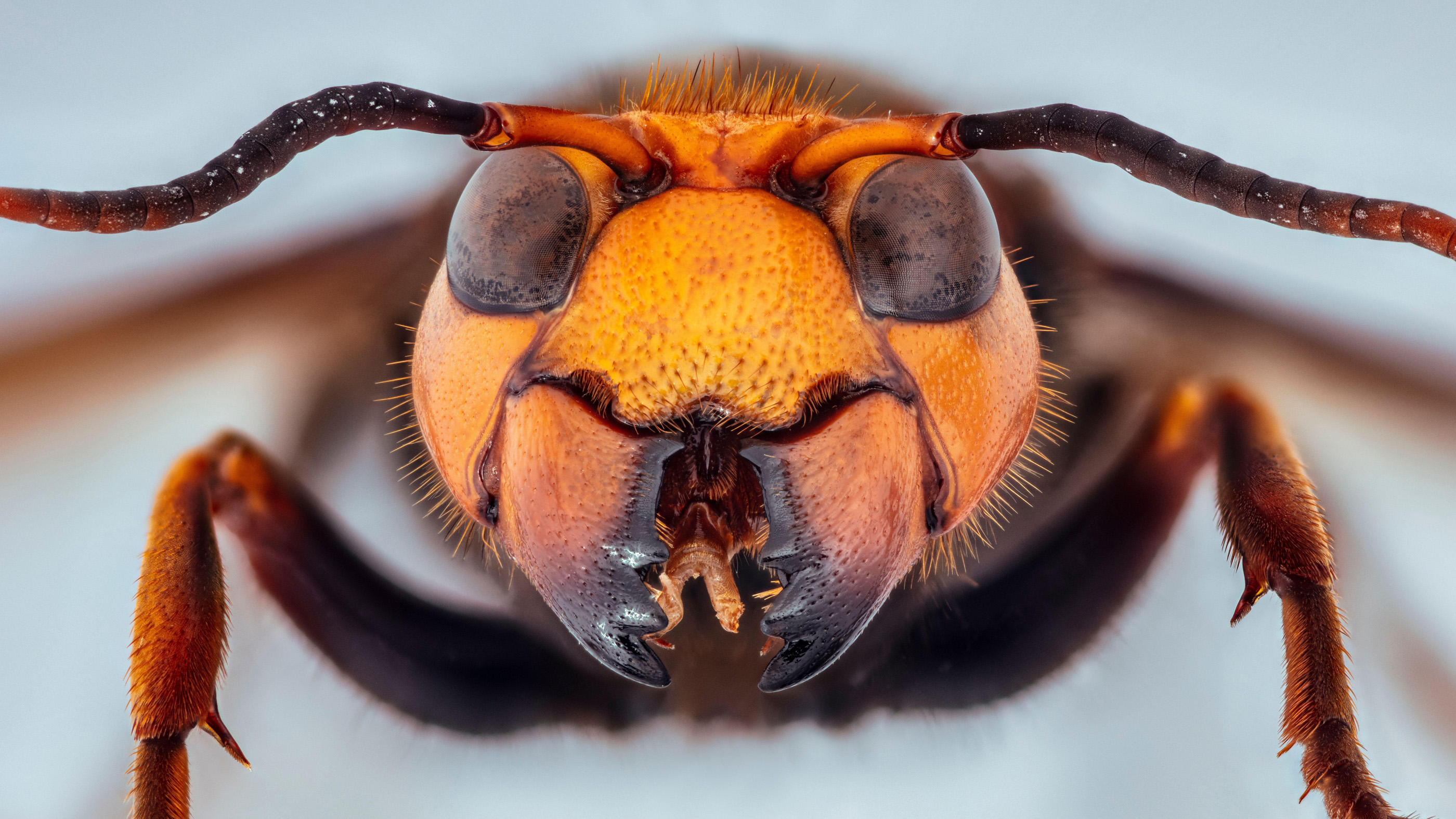
Invasive 'murder hornets' are officially back in the US
By Jeanna Bryner published
An invasive and destructive "murder hornet" has been spotted in Washington state for the first time this year, and the alien-looking insect was behaving accordingly — attacking a hive of paper wasps.
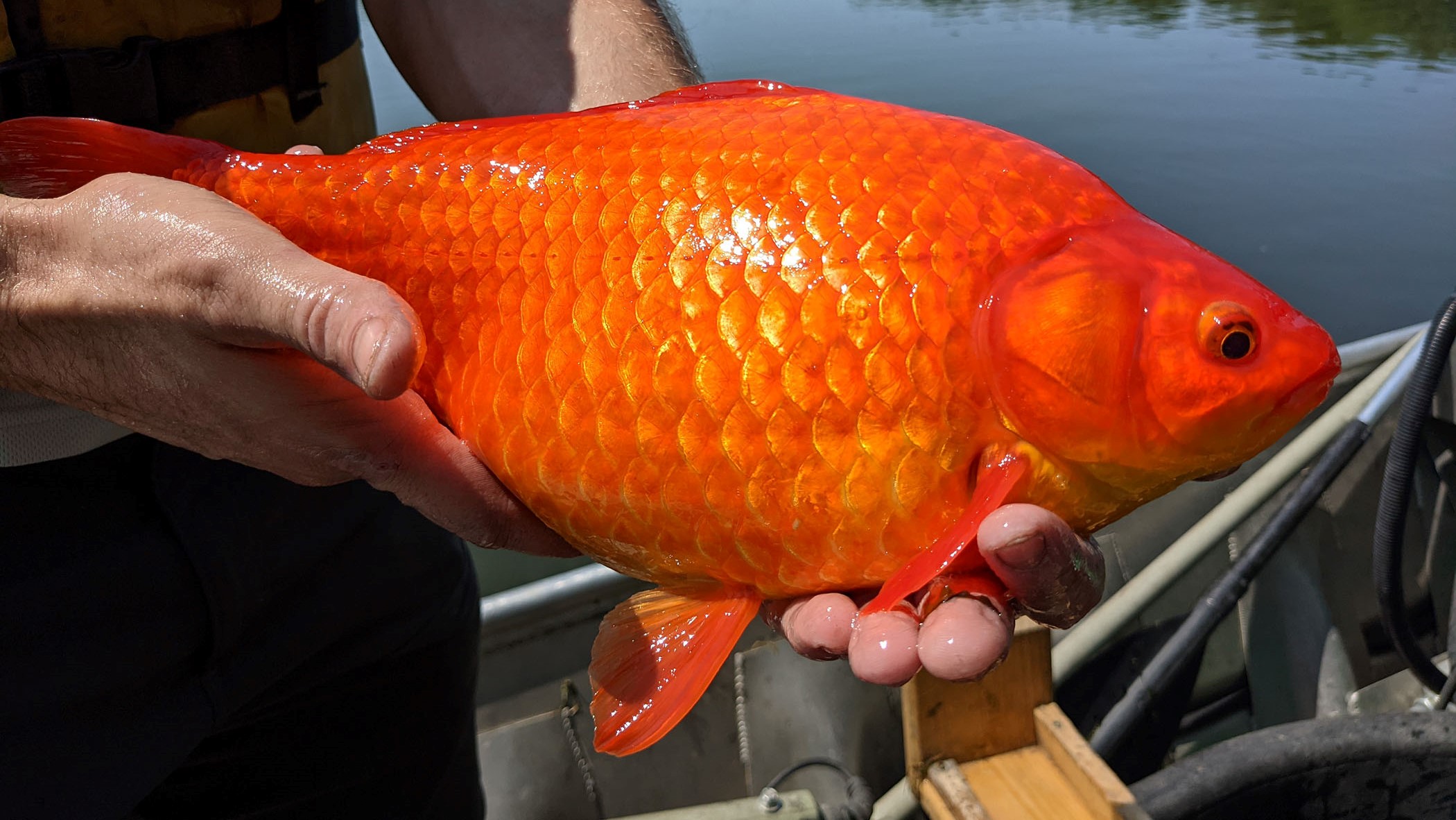
Football-size goldfish are taking over US lakes
By Ben Turner published
They can grow up to 1.5 feet and survive for more than five months without oxygen.

What are invasive species?
By Jen Monnier published
An invasive species is a type of animal, plant, fungus or any other living thing that has arrived in a new environment and can harm other species there.
Sign up for the Live Science daily newsletter now
Get the world’s most fascinating discoveries delivered straight to your inbox.
